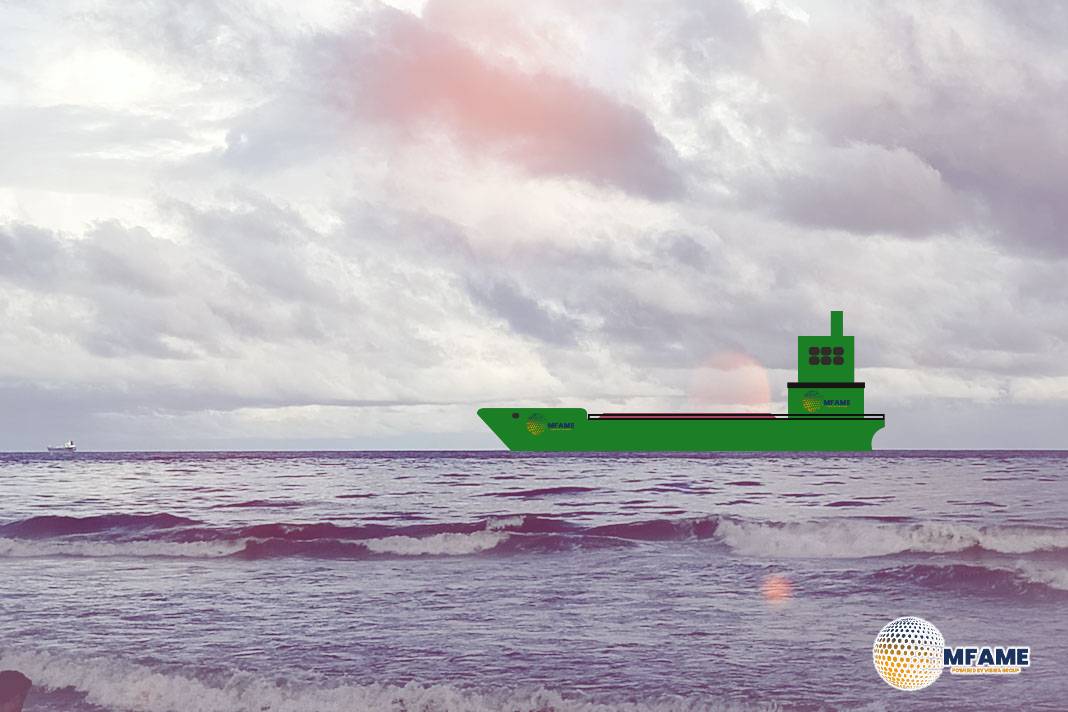- Over 50 NITC Vessels Transmit AIS Signals After Weeks of Silence.
- Nine Giant VLCCs Visible in Malaysian Waters During Three-Day Window.
- Most Iranian Tankers Go Dark Again Within 48 Hours.
In an unusual and well-coordinated move, several Iran-flagged tankers broke a long silence, becoming active for three days starting October 12, before most slipped back into their usual stealthy ways just 48 hours later. Out of 88 Iranian-flagged tankers, primarily operated by the National Iranian Tanker Company (NITC), 52 vessels were broadcasting AIS signals between October 12 and 14. Their reported locations stretched from Kharg Island and the Riau Archipelago to ports near China and routes through the Singapore Strait, marking a significant shift from their typical extended dark operations that can last a month or more, reports Windward.
NITC VLCCs Gather in Malaysian Waters
During this active period, at least nine of NITC’s largest Very Large Crude Carriers (VLCCs) were spotted transmitting AIS within Malaysia’s Exclusive Economic Zone (EEZ) — a region infamous for floating storage and ship-to-ship (STS) transfers of U.S.-sanctioned Iranian oil. This synchronised return to broadcasting by multiple NITC vessels across various areas is a first and has caught the eye of maritime intelligence analysts.
Abrupt Shift Back to Stealth
By October 16, only 25 of the 88 ships were still sending out AIS signals, indicating a quick return to their hidden operations. The reason behind this brief period of transparency is still a mystery, especially since it happened less than three weeks after UN sanctions on Iran were reinstated under snapback provisions. NITC tankers are usually among the most secretive vessels, turning on their AIS only during crucial parts of their journeys, like when crossing the Singapore Strait, before going dark again near the Riau Archipelago.
Possible Connection to Malaysian Enforcement
During the short window of AIS activity, several Iran-flagged VLCCs were tracked heading west through the Singapore Strait towards the Middle East Gulf. This coordinated visibility coincided with renewed Malaysian efforts to crack down on unregulated STS transfers, hinting at a potential link between enforcement actions and the temporary compliance with AIS regulations.
Longstanding Use of Malaysian Waters for Sanctioned Oil
NITC tankers have long used Malaysia’s eastern waters to store and transfer Iranian oil, exploiting regulatory ambiguities in the enforcement of unilateral U.S. sanctions.
An estimated 80 dark fleet tankers operate in the area at any given time, many employing AIS disabling or GNSS manipulation to disguise the movement and origin of their cargoes.
Typically, Iranian oil cargoes are transferred multiple times through four to five VLCCs in STS operations near the UAE, Sohar, and Malaysia before reaching final buyers in China.
Windward Detects Coordinated AIS Behaviour
According to Windward’s Early Detection solution, the synchronised AIS transmissions between October 12–14represent a rare moment of visibility in an otherwise opaque network. Windward’s anomaly detection system identified 54 Iran-flagged tankers broadcasting AIS during this window, including 28 VLCCs – the core of NITC’s fleet.
By October 16, visibility had dropped dramatically, with only nine VLCCs remaining detectable, signalling a swift reversion to Iran’s standard pattern of covert maritime operations.
Did you subscribe to our daily Newsletter?
It’s Free Click here to Subscribe!
Source: Windward

















